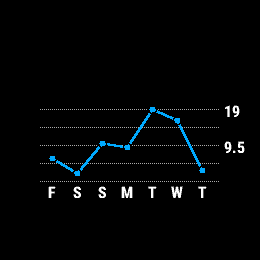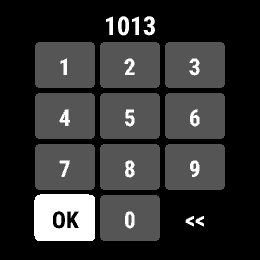In an effort to contribute more to our Connect IQ developer community, with the hope of making it easier and faster to make better apps, I have been spending a considerable amount of time working to extract useful code from my various projects and turn them into shareable barrels. In some cases it has been easy as they are my projects and in many cases I have had to work with clients to get permission. Regardless, I now have half a dozen barrels in various states of readiness that I am going to release on GitHub. I am also working to make public some useful API endpoints. I have decided to group these barrels and APIs collectively under the name "CIQ Tools".
The barrels will all be licensed under the MIT License, which will allow for the most flexible use and the API endpoints will all be available for free (and hopefully without the need for any kind of API key).
In all cases right now, the published code will not be anywhere near to feature complete, so if there are suggestions then please create an issue within GitHub on the repo. Or, even better, provide more functionality or fixes by contributing via a GitHub's pull request.
Barrels
The source code for all barrels is in separate repos within GitHub. Because you don't need the actual source code for the barrel to include it in your project, I have made the barrel (and associated debug.xml) available in the releases sidebar section.
- Cryptography - github.com/douglasr/ciqtools-cryptography
- Graphing - github.com/douglasr/ciqtools-graphing
- MessagePack - github.com/douglasr/msgpack-monkeyc
- Number Picker - github.com/douglasr/ciqtools-number-picker
- Text Picker - being refactored from exiting sample library
- Track Display - not yet ready (for devices without built-in maps)
API Endpoints
- Device Lookup - api.ciqtools.com/.../{part_number} -- eg. Fenix 7 Pro lookup


